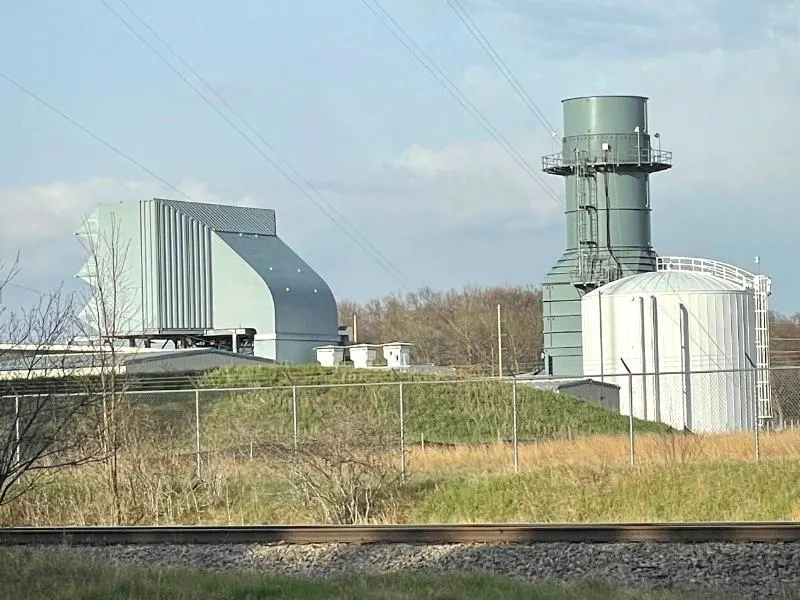Now is the time to invest in carbon-free electricity, energy efficiency, demand-side flexibility, and other innovations for the 21st century, NOT dirty diesel power.
 It is 2023. Minnesota, the country, and the world are experiencing the impacts of the growing climate crisis. In recognition of the urgency of the moment, this year, the Minnesota legislature passed a landmark 100% Carbon-Free Energy Standard, finally putting Minnesota on a path towards phasing out fossil fuels, significantly reducing emissions from the power sector, and building the renewable energy future that we all deserve. How, then, in the midst of all this, could we consider building a new fossil fuel power plant? And yet we are.
It is 2023. Minnesota, the country, and the world are experiencing the impacts of the growing climate crisis. In recognition of the urgency of the moment, this year, the Minnesota legislature passed a landmark 100% Carbon-Free Energy Standard, finally putting Minnesota on a path towards phasing out fossil fuels, significantly reducing emissions from the power sector, and building the renewable energy future that we all deserve. How, then, in the midst of all this, could we consider building a new fossil fuel power plant? And yet we are.
This proposal is currently before the Minnesota Public Utilities Commission (PUC). Last year, Great River Energy (GRE) submitted an application to the PUC to convert its 170-megawatt gas-fired Cambridge 2 peaker plant into a “dual fuel” facility—one that burns both gas and oil. While GRE argues that this would be nothing but a “minor alteration” to its existing facility, it would require the construction and installation of new burners as well as fuel oil storage, water storage, pipes, pumps, and controls. All this so that it can use an even more polluting fuel than fossil gas—diesel fuel oil.
Even if Cambridge only runs for a few days out of the year, as proponents claim, peaker plants often account for proportionally more greenhouse gas emissions than other fossil fuel power generation. That’s because they’re typically very inefficient, having to fire up quickly in response to spikes in energy demand. And even when they’re not in use, the facility and infrastructure must be maintained, creating a cost for ratepayers and co-op member-owners for something that’s not being used.
In addition to the potential of increased emissions, burning fuel oil releases particulate matter and other pollutants, which have a wide range of negative health impacts, including respiratory, cardiovascular, and adverse birth outcomes. It’s also linked to dementia and mental health impairments. Read more here on CURE’s concerns about the potential health and environmental impacts of this project on the surrounding community in Cambridge.
GRE has done its best to try to avoid rigorous examination of its proposal, but CURE, along with our partners at PEER and Sierra Club North Star Chapter, successfully intervened to make sure it undergoes environmental review by petitioning the PUC for an Environmental Worksheet Assessment. Meanwhile, the Minnesota Pollution Control Agency and the Department of Natural Resources reversed course on permits they had previously—and illegally—granted to GRE, seeming to have realized this project shouldn’t get an easy pass. And now, with the release of the EAW, environmental and community advocates and the public will have the chance to weigh in.
While GRE’s recently released Integrated Resource Plan argues for the necessity of the Cambridge dual fuel facility, they also demonstrate that they have alternatives. Investing in new renewable energy sources combined with a variety of electricity storage options, as well as innovations in “demand-side flexibility,” makes the case for a new peaker plant increasingly tenuous.
It is 2023. We should be moving away from the polluting and expensive energy generated by peaker plants, not doubling down by investing millions of co-op member-owner dollars to make them even more polluting.
Blog | Maggie Schuppert, CURE Campaigns Director
Photo | N. Christian


